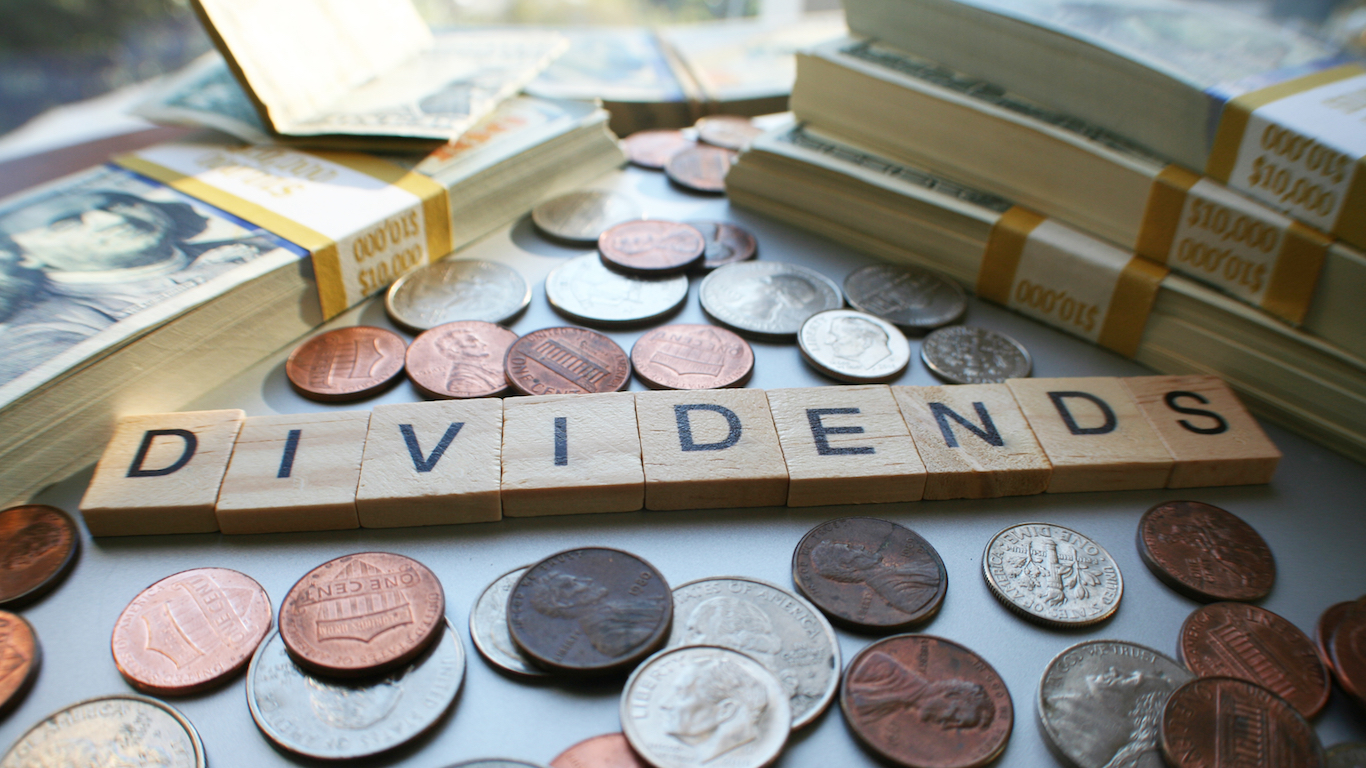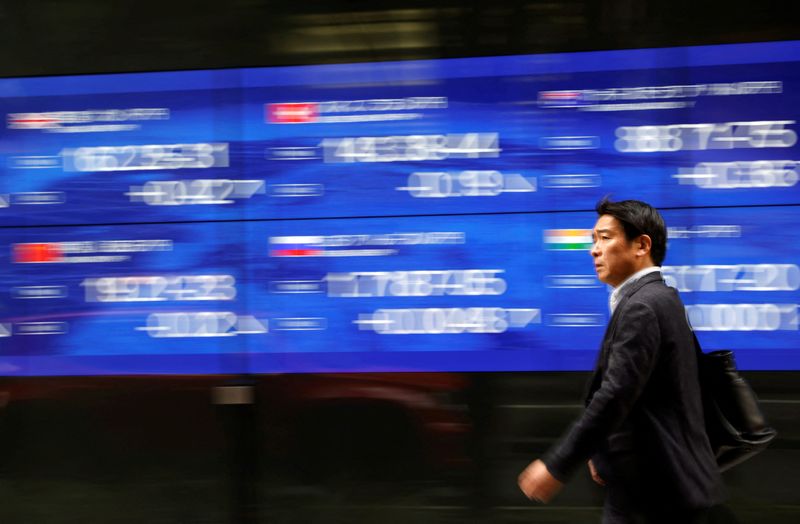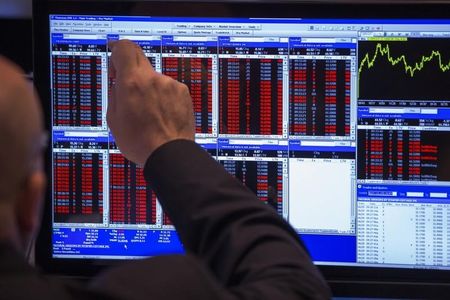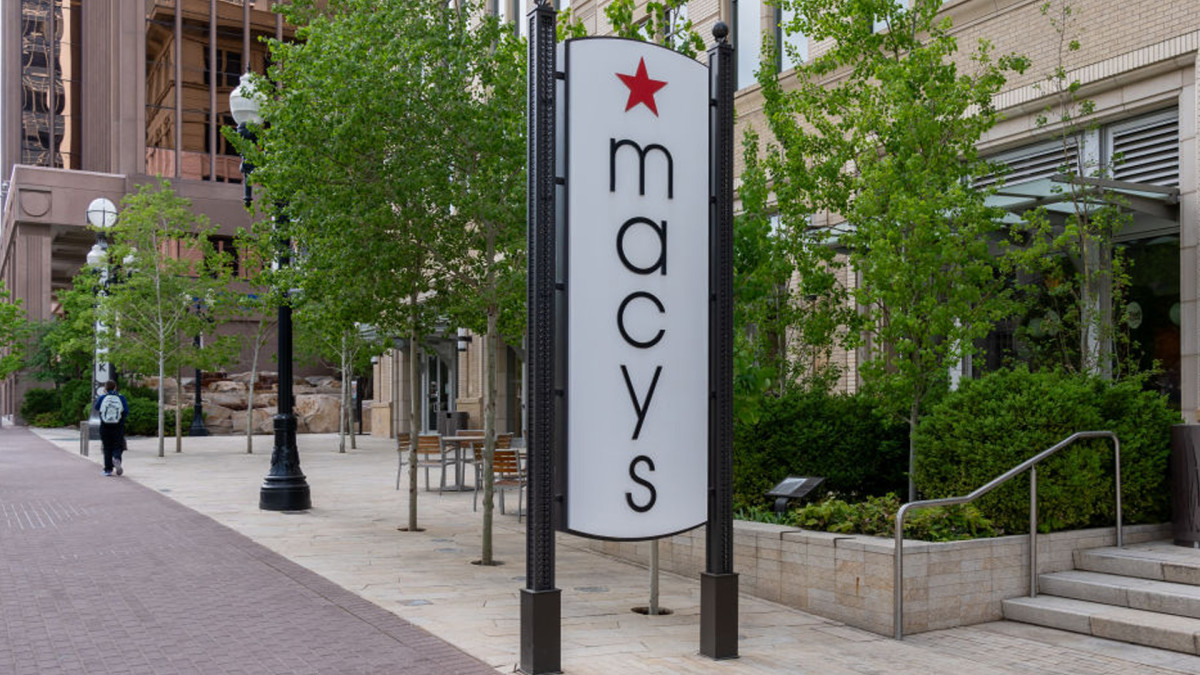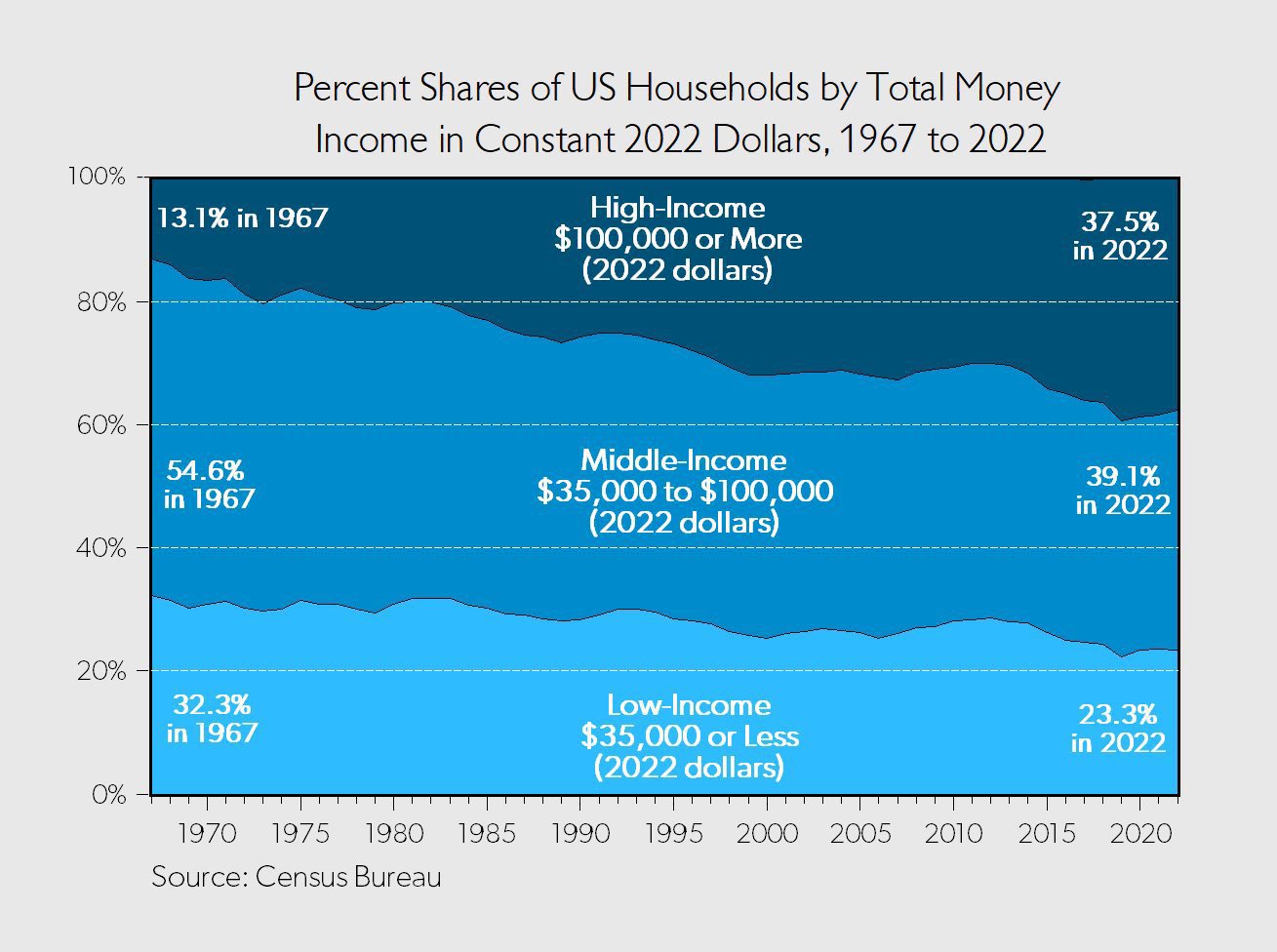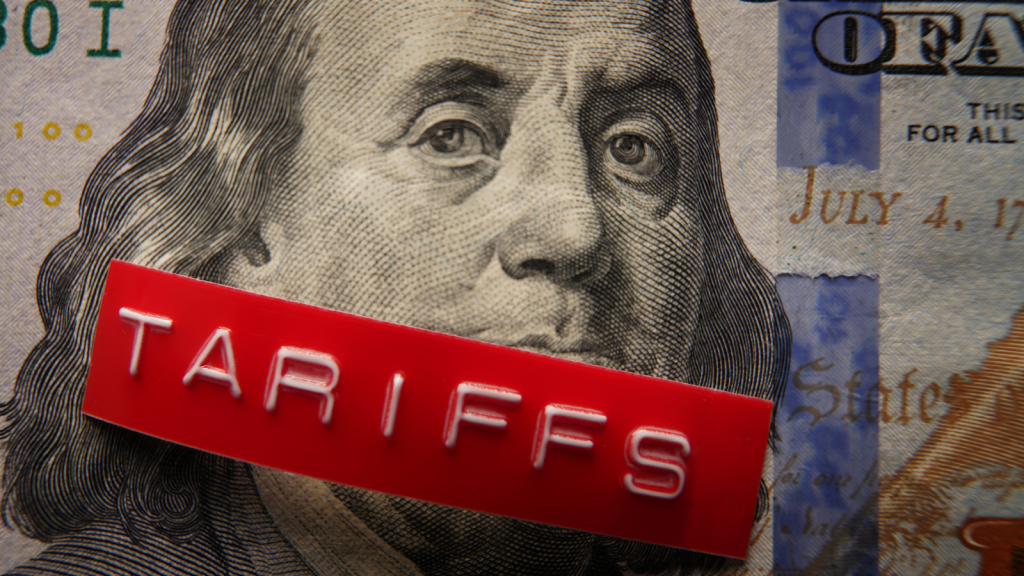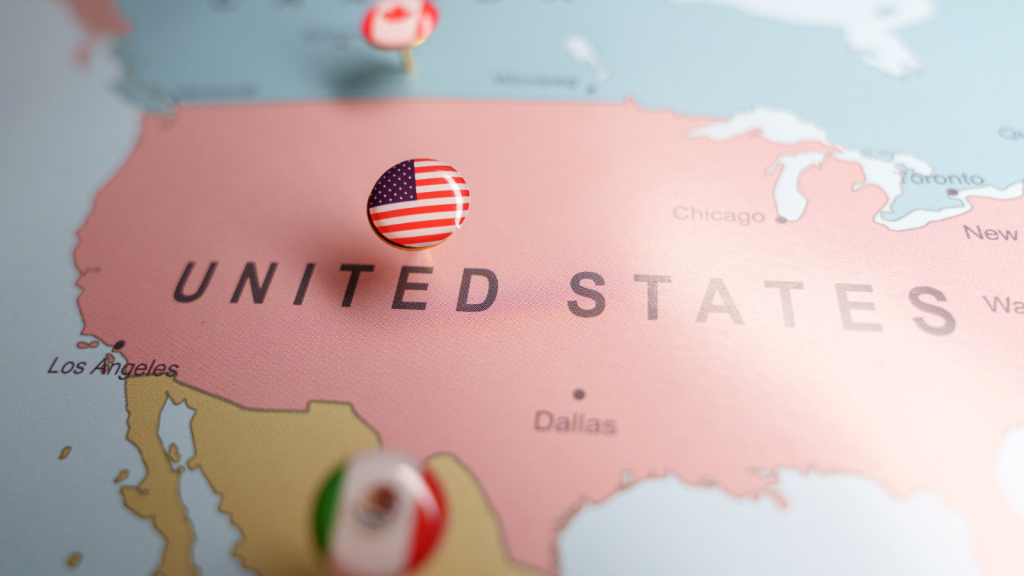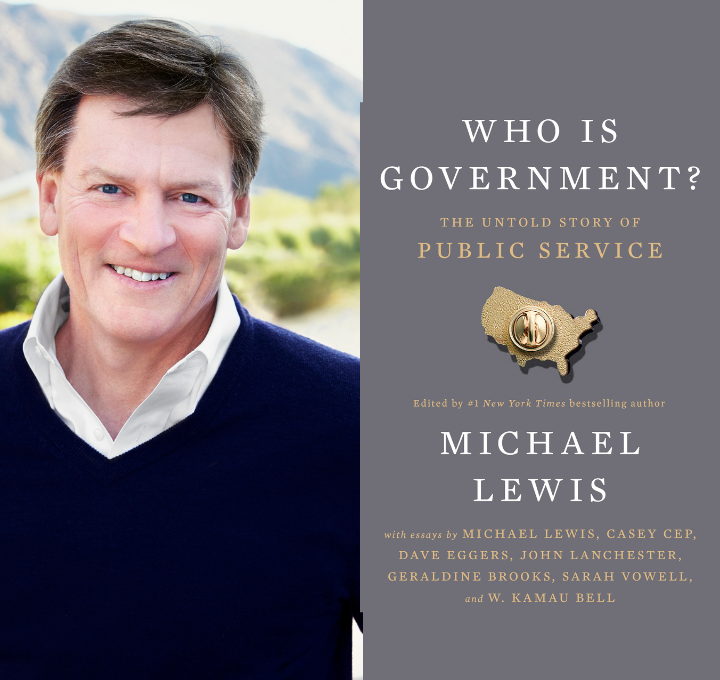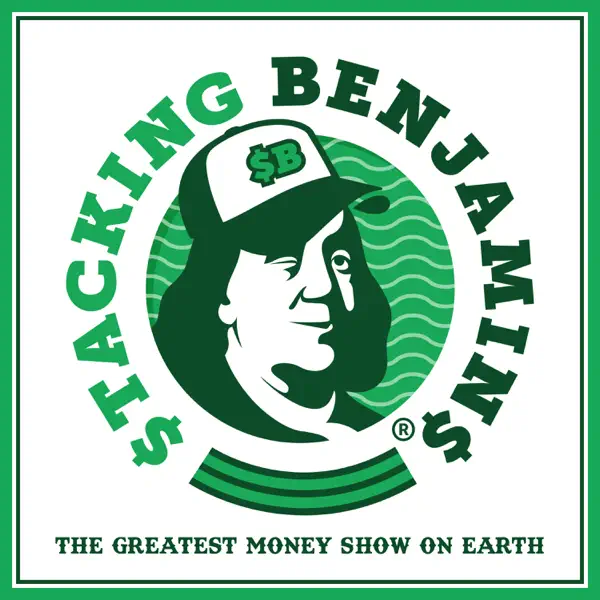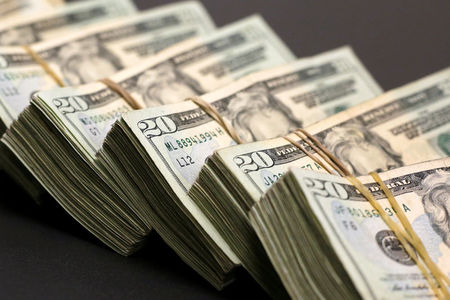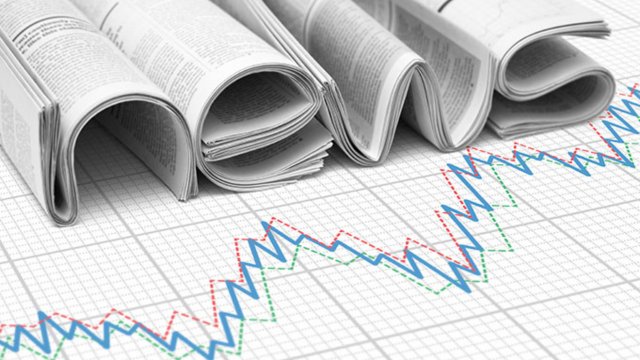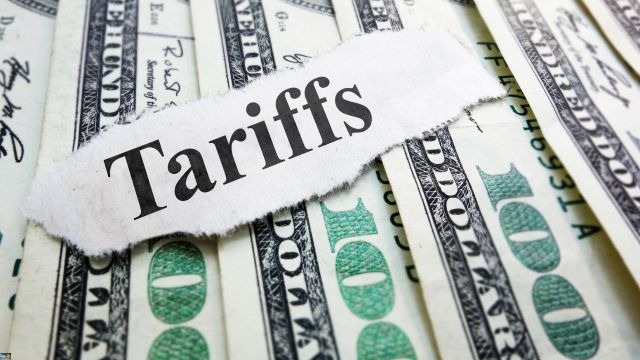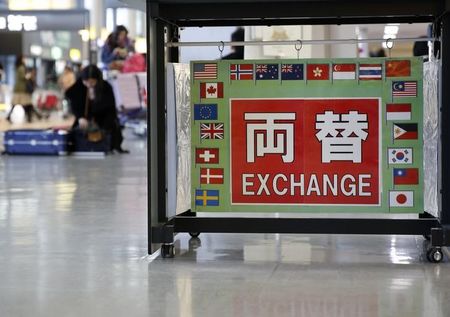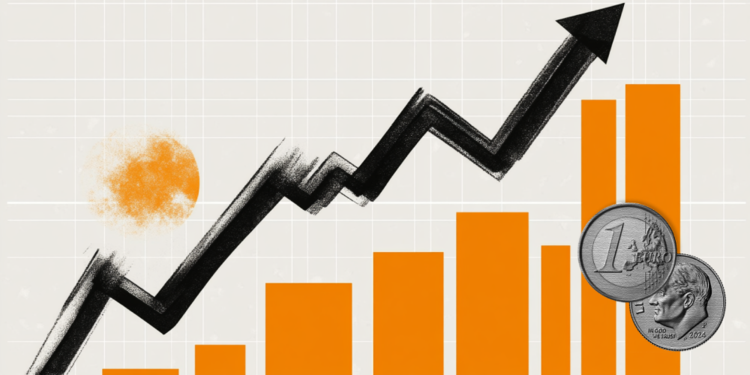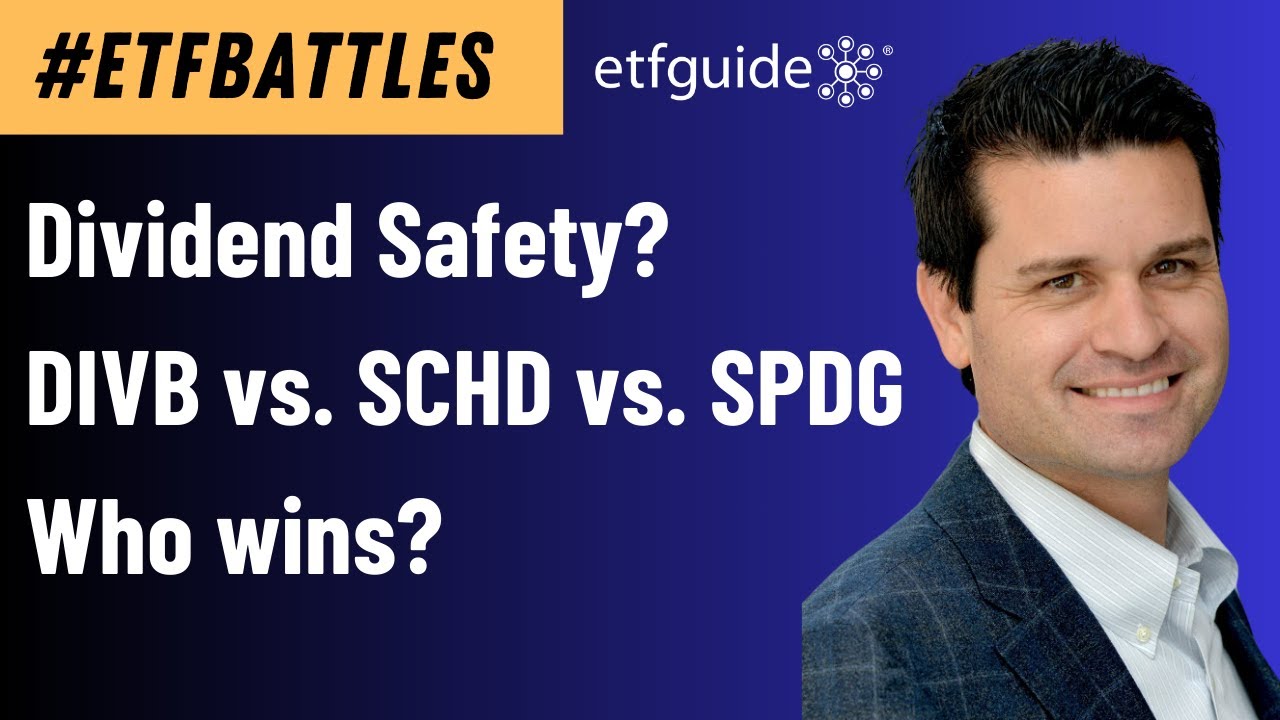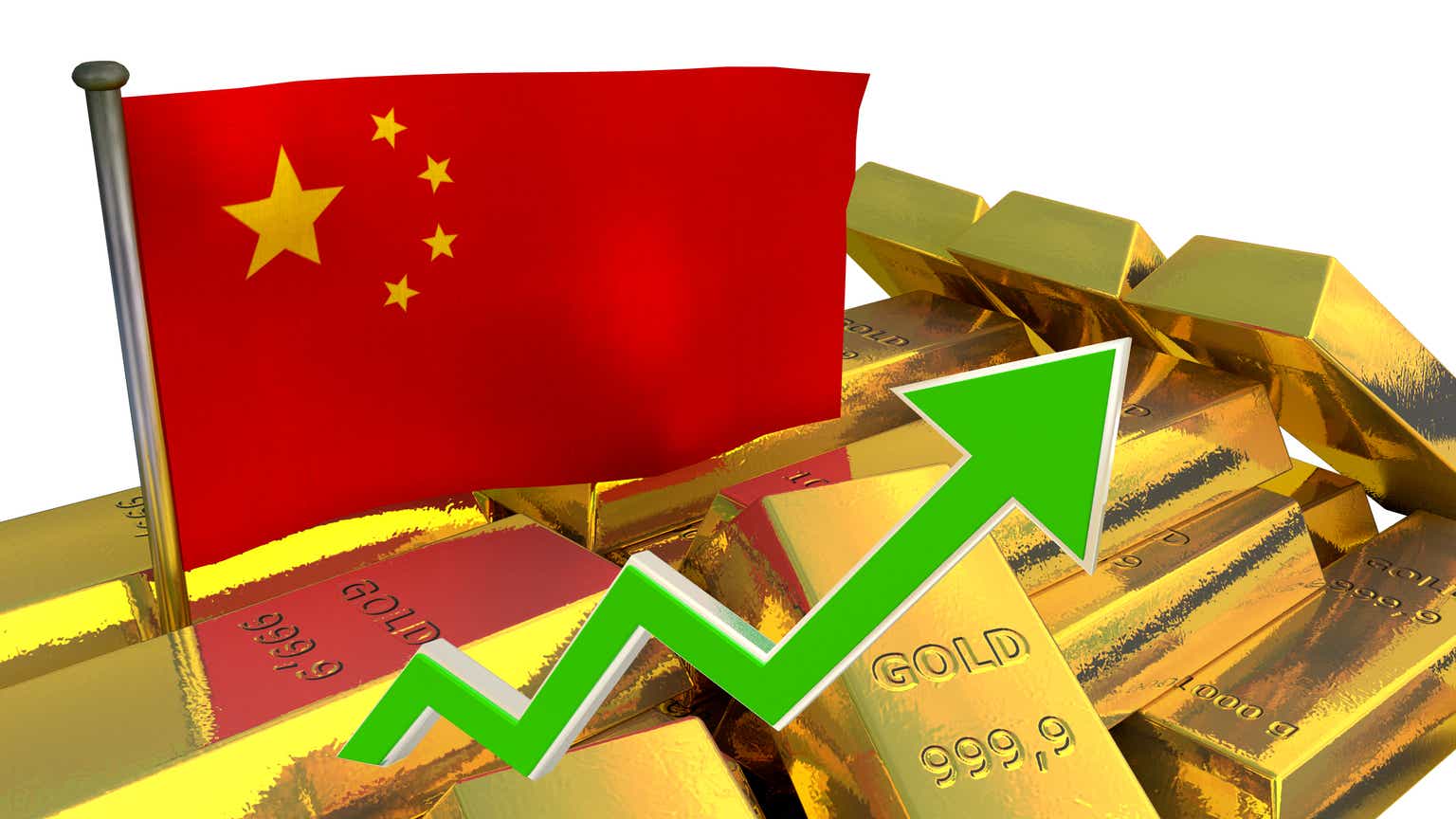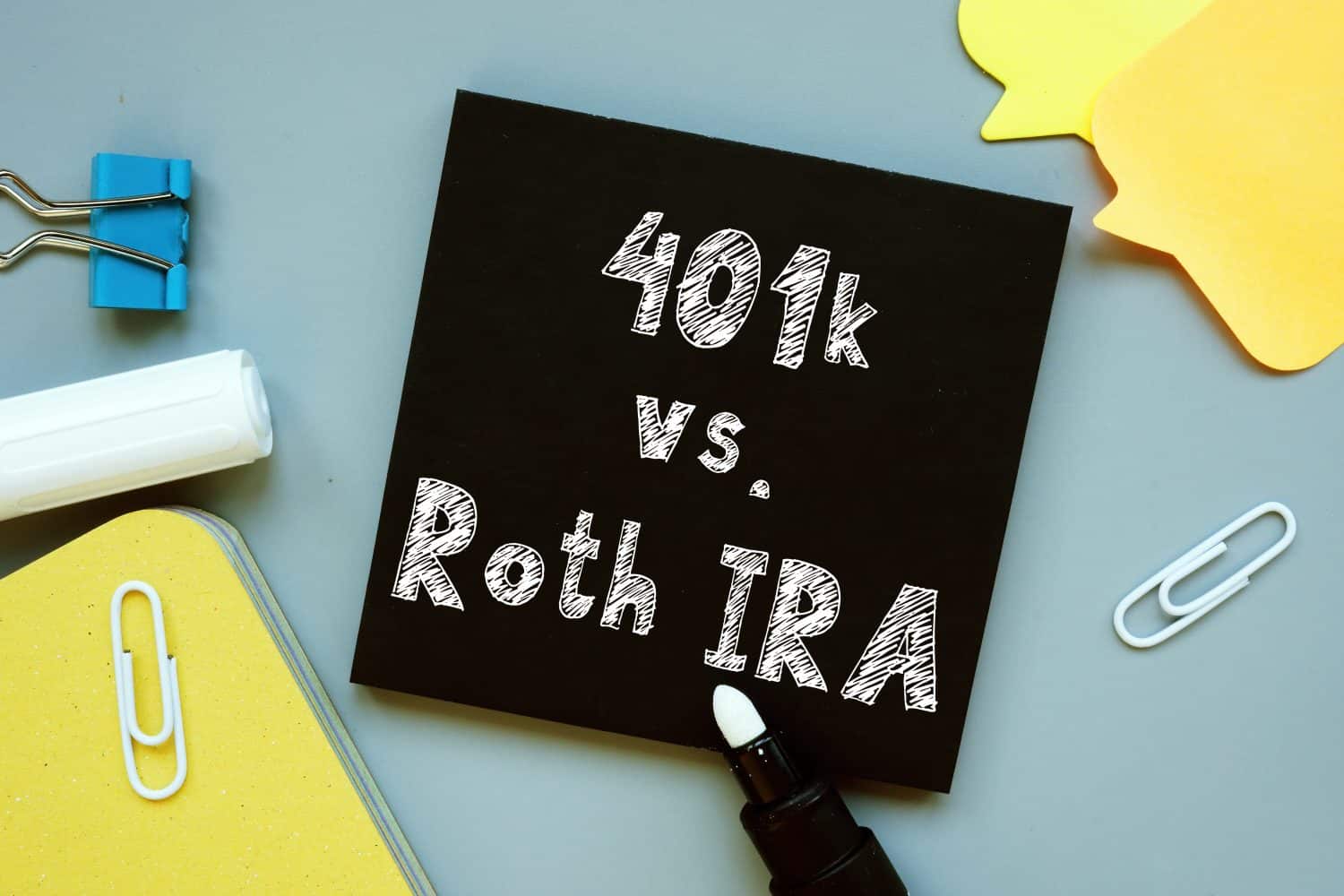We make $500,000 and want to retire in 15 years with $5 million – should we focus on dividend stocks?
Many retirees opt to subscribe to the “4% rule,” but for overachievers out there, it is possible to live off dividend payments without having to touch one’s invested principal. While it’s not necessary to live off solely the yield of one’s seven-figure portfolio, it can allow retirees to their nest egg working hard for them […] The post We make $500,000 and want to retire in 15 years with $5 million – should we focus on dividend stocks? appeared first on 24/7 Wall St..

Many retirees opt to subscribe to the “4% rule,” but for overachievers out there, it is possible to live off dividend payments without having to touch one’s invested principal. While it’s not necessary to live off solely the yield of one’s seven-figure portfolio, it can allow retirees to their nest egg working hard for them for decades to come. Indeed, I’m a big fan of living off interest (or dividends) rather than drawing down from one’s nest egg. However, there are potential pitfalls that ought to be avoided when going about cranking up the yield on one’s portfolio.
In this piece, we’ll check in on a Reddit couple who want to retire in 15 years with $5 million in the bank ($2.5 million each) and a dividend-focused strategy. With a half-million in annual household income, they’re well on track to hit their 15-year goal of “fat retirement.”
Key Points
-
A dividend-heavy portfolio could be the way to go for young retirees comfortable with stock volatility.
-
A dividend-growth ETF like the SCHD could be a great core foundation to start with.
-
Are you ahead, or behind on retirement? SmartAsset’s free tool can match you with a financial advisor in minutes to help you answer that today. Each advisor has been carefully vetted, and must act in your best interests. Don’t waste another minute; get started by clicking here here.(Sponsor)
A yield-heavy portfolio carries its fair share of risks.
Investing a greater chunk of one’s nest egg in dividend stocks carries a level of risk that many retirees won’t be comfortable with. That said, for those who are used to and fine with wild swings in stock markets, such a strategy can allow one to find the optimal balance of passive income and growth — the latter of which may be ignored by many retirees who’ve gone with a “4% rule,” rather than a “4% yield” rule.
In any case, the couple, who are in their 30s right now, seem like risk takers. And since they’re young, they should be in stocks rather than bonds. However, even if they intend to retire in their 40s (still incredibly young by retiree standards), they should understand the risks of a dividend stock-heavy portfolio after they’ve left the workforce.
To put it simply, stocks can shed 20%, 30%, even 50% of their value. That’s why it’s vital to focus on quality dividend stocks, preferably defensive ones with lower betas rather than battered stocks of firms in secular decline (they’re on their way out) with dividends that could risk a big cut at some point down the road.
Indeed, chasing yield is never a good strategy for retirees who must prioritize dividend sustainability and growth over the size of the yield. For adopters of FIRE (Financial Independence, Retire Early), I’d argue that the needle-moving potential of dividend growers should not be discounted.
For a couple who could spend more than half of their lives retired, dividend growth matters. And with many dividend stocks out there with lengthy streaks of generous (think 6-10% or more worth of annual dividend growth), one may stand to average a nice high-single-digit “raise” in passive income per year.
Dividend growth ETFs are worth exploring for those looking to retire on dividends.
At the time of this writing, the Schwab U.S. Dividend Equity ETF (NYSEARCA:SCHD) is one of the gold standards for the dividend growth strategy. The yield isn’t bad either; it is currently going for 3.5%. Based on a $5 million nest egg, that’d amount to $175,000 annually. The SCHD has a longer-term compound annual dividend growth rate (or CAGR) on the high end of the spectrum, hovering just north of 9% in the last 10 years.
Over that timespan, shares of the SCHD have also risen by 113% — a robust gain alongside that generous dividend growth and upfront yield — while experiencing less choppiness (0.77 beta) than the S&P 500. All considered, the SCHD is a top ETF to stash on one’s radar for those looking to lean on dividends in an early retirement.
Of course, there’s no telling where the SCHD will be trading and how high the yield will be in 15 years’ time. Though I expect the dividend growth rate to be somewhat similar over the next 10-15 years, the yield could be closer to 3% or even as high as 5%, depending on what the next decade or so brings. Either way, the Reddit couple should be ready to adapt with whatever’s thrown their way as they plan for what could be a comfortable and growthy retirement in a decade and a half.
The post We make $500,000 and want to retire in 15 years with $5 million – should we focus on dividend stocks? appeared first on 24/7 Wall St..










































